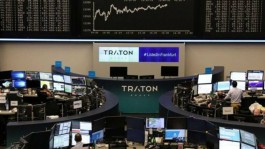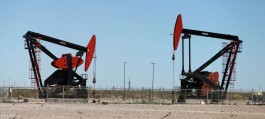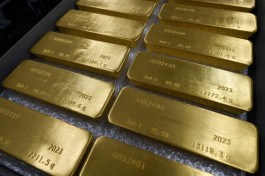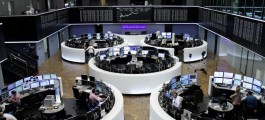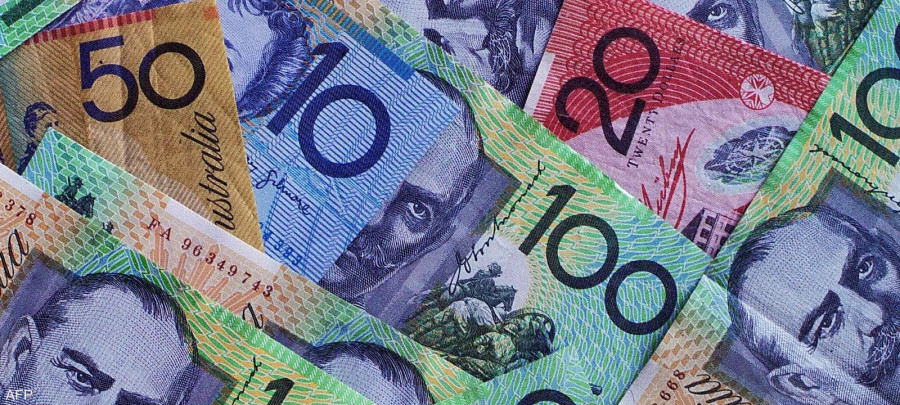The Australian dollar rose widely in the Asian market on Wednesday against a basket of global currencies, expanding its gains for the third day in a row against its American counterpart, recording the highest level in two weeks, topping the list of winning currencies in the foreign exchange market, after the release of inflation data in Australia.
These data showed that inflationary pressures on monetary policy makers at the Reserve Bank of Australia are rising again, which enhances the possibility of additional increases in Australian interest rates before the end of this year.
Australian dollar exchange rate today
The Australian dollar rose against its American counterpart by more than 0.6% to 0.6399, the highest since October 12, from today's opening price of 0.6356, and recorded the lowest level at 0.6352.
On Tuesday, the Australian dollar rose by 0.3% against the US dollar, the second daily gain in a row, amid a wave of rise controlling commodity-related currencies and the Chinese economy during the current period.
List of winning currencies
Today, Wednesday, the Australian dollar topped the winning list of the eight major currencies in the foreign exchange market, as the Australian currency witnessed a broad rise against most major and minor currencies.
With an increase of more than 0.6% against its American counterpart, recording the highest level in two weeks at 63.99 cents, and by 0.6% against the euro, recording the highest level in a week at 1.6558, and by 0.6% against the British pound, recording the highest level in three weeks at 1.9018.
It rose by approximately 0.5% against the Swiss franc, and by 0.65% against the Japanese yen, recording the highest level in three weeks at 95.90, and rose by 0.6% against its Canadian counterpart, recording the highest level in seven weeks at 0.8788, and rose by 0.45% against its New Zealand counterpart, recording the highest level in Six weeks at 1.0915.
Inflation in Australia
Australia's overall consumer price index rose 5.6% year-on-year in September, the highest increase since May, beating market expectations for a 5.3% rise, and the index recorded a 5.2% rise in August.
Inflation in Australia exceeds expectations in September
St George Economics economist Jameson Coombs said the return to headline inflation acceleration was largely driven by higher petrol costs as the Australian dollar remained under pressure and oil prices rose.
Australian interest
These data escalate the inflationary pressures on Australian monetary policy makers, and increase the possibility of the Reserve Bank of Australia resuming its cycle of raising interest rates in the near future, which may be during the next November 7 meeting.
Australian Reserve
During the current October 3 meeting, the Reserve Bank of Australia decided to keep interest rates without any significant change, for the fourth meeting in a row, and attributed this to providing more time to evaluate the economic conditions in the country.
This meeting is considered the first under the leadership of Michelle Bullock as the official Governor of the Reserve Bank of Australia, after the end of Philip Lowe’s term on September 17, and Bullock is the first woman to hold this position since the bank’s founding in 1959.
The Australian Reserve said: There may be a need for further tightening of monetary policy to ensure that inflation returns to target within a reasonable time frame, but this will depend on data and an advanced assessment of economic risks.


















